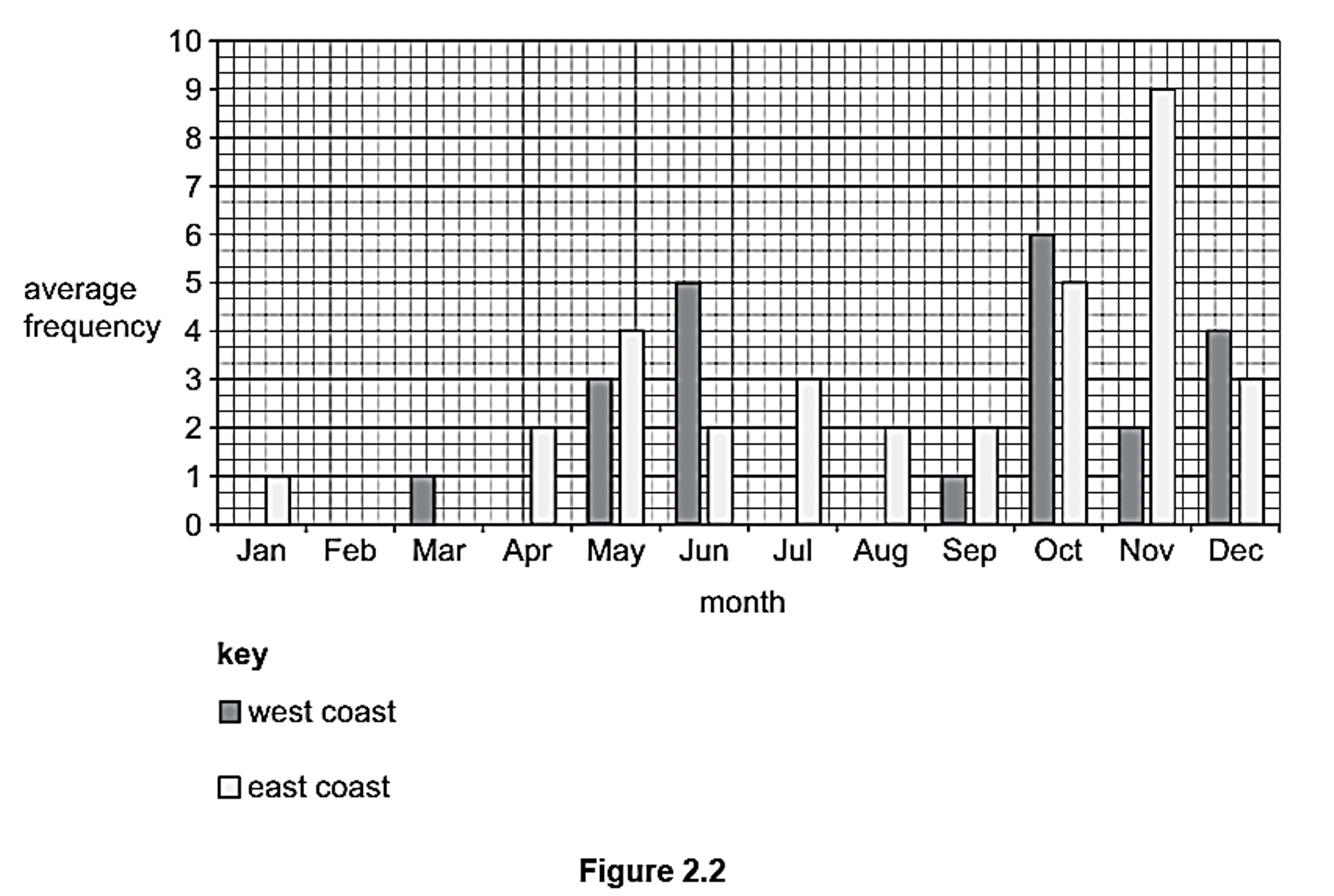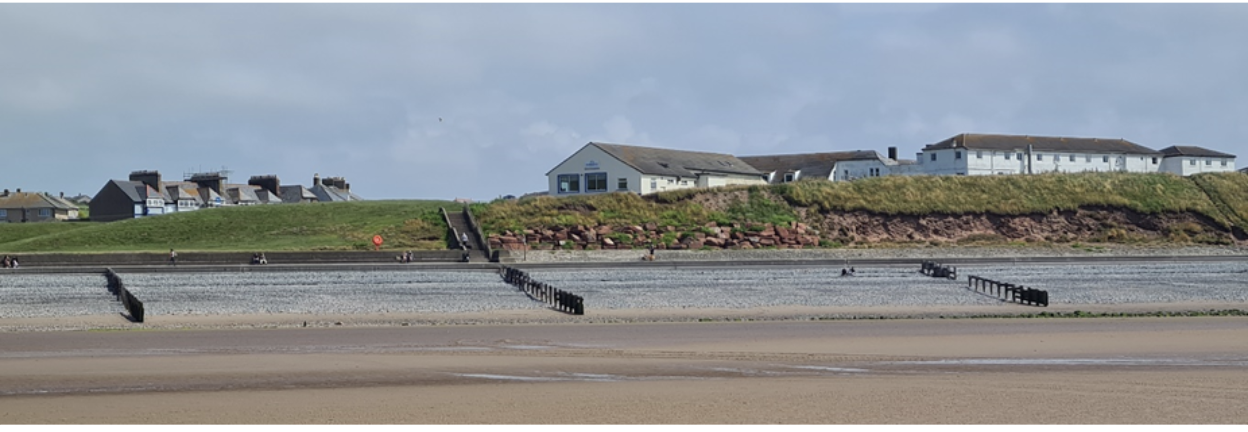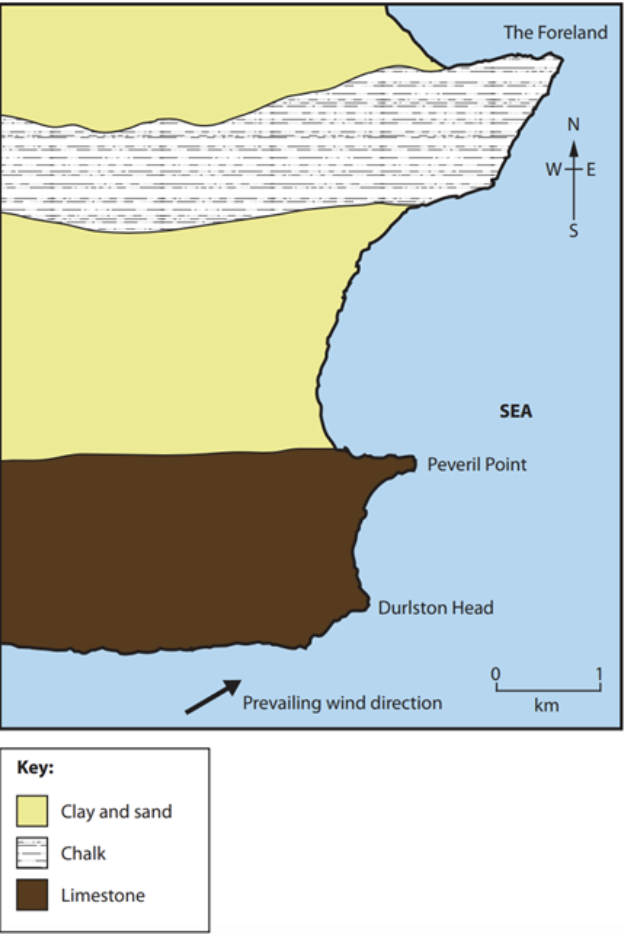Figure 2.2, shows the average monthly frequency of tropical cyclones affecting India’s west and east coasts.

Use Figure 2.2 to compare the average monthly frequency of tropical cyclones on India’s west and east coasts. Refer to data in your answer.
Did this page help you?






